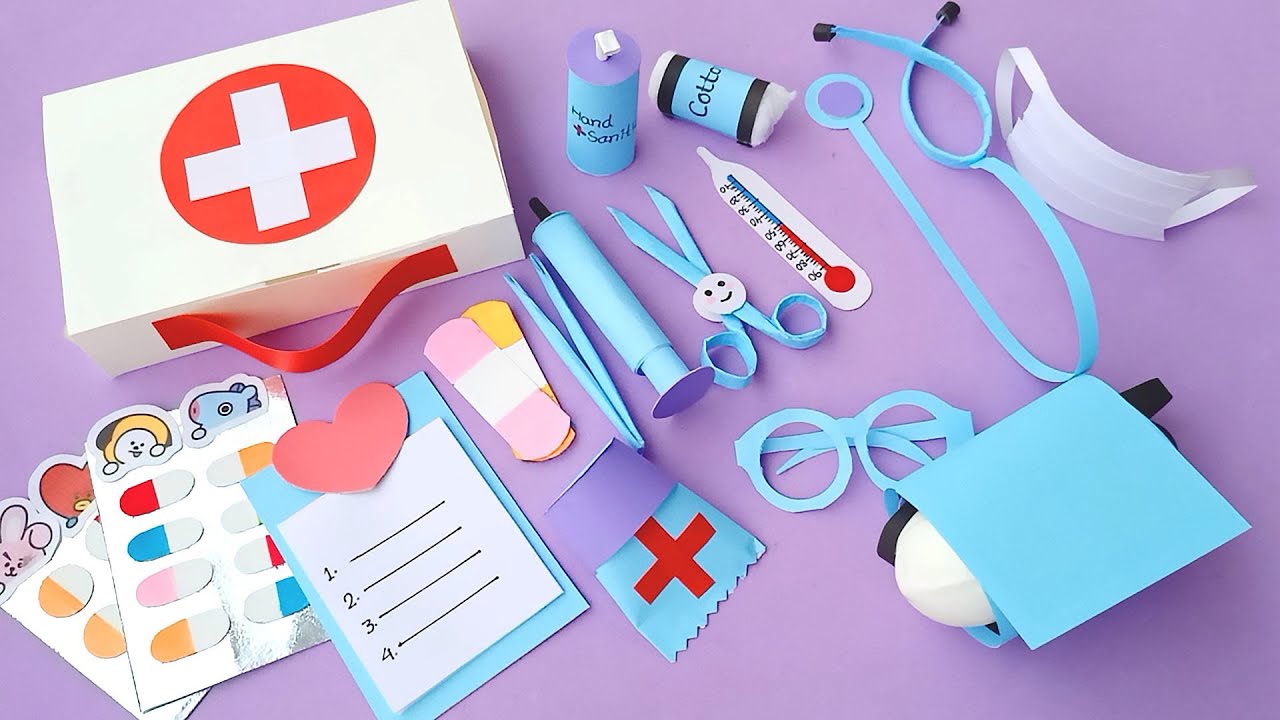The Science and Craft of Designing Medical Products
Designing medical products is a fascinating blend of technical precision and creative ingenuity. From life-saving devices to everyday healthcare tools, well-designed medical products directly impact patient care and outcomes.
Why Medical Product Design Matters
Imagine a patient in need of an insulin pump or a surgeon relying on a robotic instrument. Each medical product must not only fulfill its technical purpose but also prioritize user safety, usability, and reliability. Poorly designed products can result in inefficiencies, misdiagnoses, or even harm. Medical product design bridges the gap between functionality and user needs, driving advancements that improve healthcare delivery and patient outcomes.
The Science Behind Medical Product Design
At its core, designing medical products is rooted in rigorous scientific methodologies. Here are some foundational elements that guide the process:
1. Principles of Engineering
Medical devices must meet strict structural and functional requirements. For instance, the design of a prosthetic limb involves biomechanics to replicate human motion while ensuring durability. Achieving this level of precision often relies on medical CNC machining, which enables the creation of intricate and reliable components. Such precision often involves collaboration between biomedical, mechanical, and electrical engineers.
2. Materials Science
Medical products demand materials that are biocompatible, durable, and sustainable. For example, surgical implants use materials like titanium or bioceramics, which can integrate with human tissue without causing adverse reactions. Materials science is instrumental in balancing performance and safety.
3. Biotechnology
Advancements in biotechnology have propelled medical product design into new realms. From drug-delivery systems to tissue-engineering scaffolds, biotechnology enables cutting-edge innovations that address complex healthcare challenges.
The Craft of Medical Product Design
While science provides the foundation, design transforms scientific concepts into practical solutions. The craft of medical product design lies in focusing on the people who interact with the products—the patients and healthcare workers themselves.
1. User-Centered Design
Understanding the real-world needs and behaviors of users is critical. User-centered design focuses on creating products that are intuitive and inclusive. Consider the difference between a cumbersome hospital bed control remote and a newly designed interface that nurses can operate with ease, even during emergency situations.
2. Prototyping
Before a medical product reaches the market, prototypes help refine its form and function. From 3D-printed models to digital simulations, prototyping streamlines the process of identifying design risks and improving usability.
3. Testing and Iteration
Every medical product must adhere to strict regulatory standards and undergo rigorous testing. Design iterations based on real-world testing ensure the product meets safety and performance benchmarks. This ongoing refinement is a hallmark of successful medical product development.
READ MORE : 6 Highly Successful Business Models
4. Regulatory Compliance and Approval
Navigating the regulatory landscape is a critical step in medical product development. Each product must comply with guidelines set by regulatory bodies such as the FDA, EMA, or other regional authorities. This process involves submitting detailed documentation, including clinical trial data, safety reports, and manufacturing standards, to demonstrate the product’s safety and efficacy. Achieving regulatory approval ensures the product can be distributed and used in the intended markets, safeguarding public health while building trust in the brand.
Future Trends in Medical Product Design
The future of medical product design is bright, with advancements driven by emerging technologies like AI, IoT, and 3D printing.
- AI Integration: AI-powered diagnostic tools and predictive analytics are paving the way for smarter medical devices.
- Wearable Technology: Devices that offer personalized, real-time data like ECG monitors or fitness trackers are becoming indispensable in healthcare.
- Sustainable Materials: Designers are exploring eco-friendly materials to reduce the environmental impact of disposable medical products.
The ongoing convergence of nanotechnology, robotics, and biotechnology will likely result in ultra-precise, automated devices capable of addressing specific medical needs.
Conclusion
Medical product design combines science and creativity to improve lives and address healthcare challenges. Through innovation, it drives advancements in patient care and outcomes.

